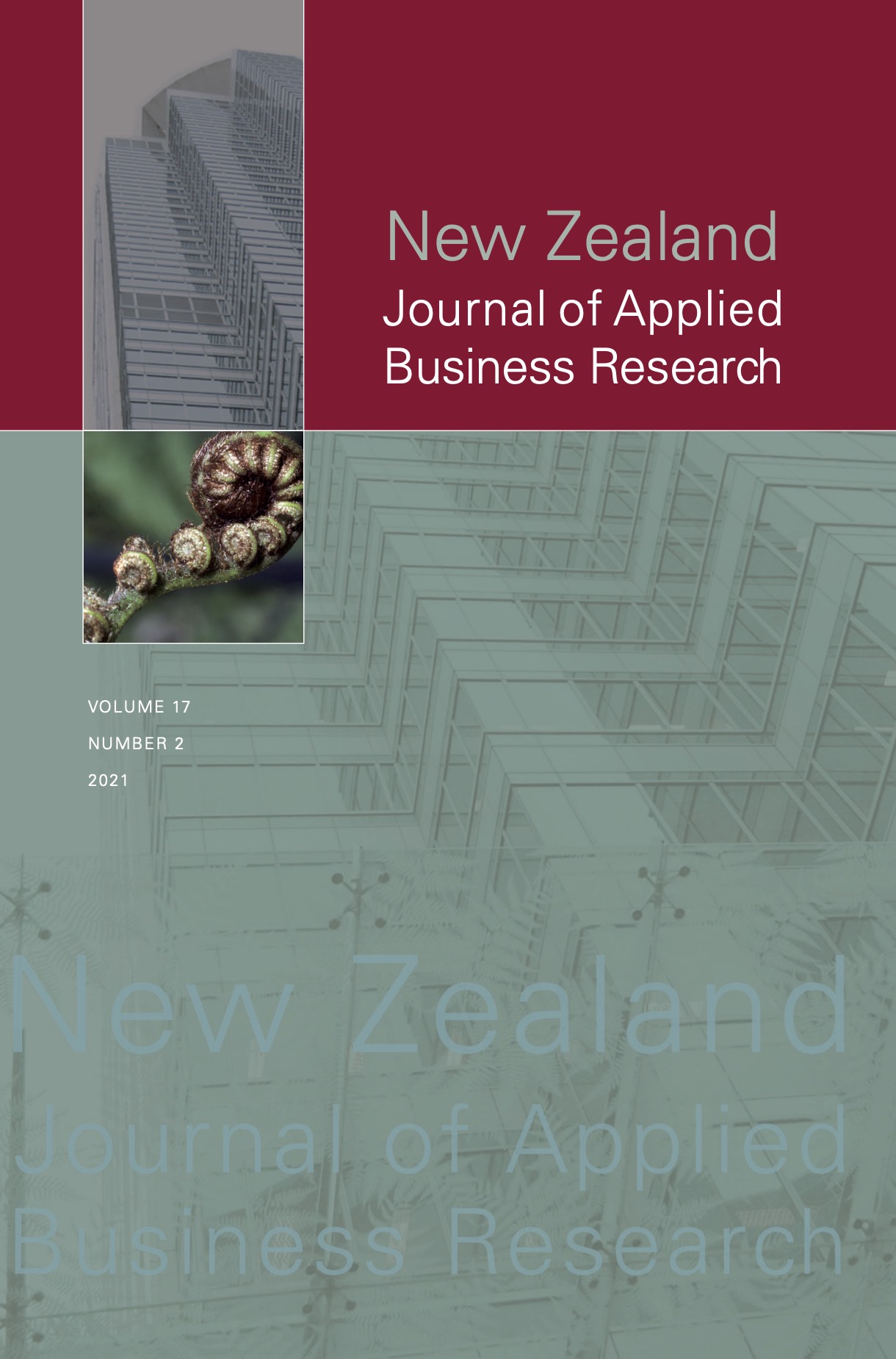Long-run Homogeneity in Asian Countries Pertaining to Economic Development Indicators: A Study Based on Human Development Index
Main Article Content
Abstract
For sustainable development of any country, long-term economic development is essential. Developed countries over the world exhibits gradual economic development from decade to decade. This paper aims to group thirty-seven Asian countries based on long-term homogeneity of HDI (Human Development Index) trend from 1990 to 2018. The source of data is United Nations Development Program (UNDP). Out of forty-seven United Nations' (UN) listed Asian countries, thirty-seven Asian countries were selected due to missing data of the remaining ten countries. Hierarchical cluster analysis was conducted to visualize existing homogeneous groups and K-means cluster analysis was used to determine optimum number of clusters. The result of cluster analysis determines three distinguish clusters of Asian countries. Three clusters labeled as high HDI cluster (11 countries), medium HDI cluster (17 countries) and low HDI cluster (9 countries). Countries within clusters are found with similar economic development status and also geographically adjacent to each other. However, one-way ANOVA also indicates that, the average long-run HDI of three clusters were significantly different.
Article Details

This work is licensed under a Creative Commons Attribution-NonCommercial 4.0 International License.
Authors retain copyright ownership of their work. NZJABR owns copyright in the final formatted and published version of the authors’ work.
Articles published in NZJABR since 1 December 2023 are published under a Creative Commons Attribution NonCommercial license 4.0 International. Readers have immediate free access to the articles and are permitted to read, download, copy, distribute, print, search, or link to the full texts of articles, crawl them for indexing, pass them as data to software, or use them for any other lawful purpose, provided that:
- They must give appropriate credit to the authors, and to NZJABR as first publisher, provide a link to the license, and indicate what changes if any they have made, while avoiding any suggestion that the authors or NZJABR endorse their use of the work.
- They may not use the content for commercial purposes.
Plaudit
References
Everitt B.S., Landau S., Leese M. &Stahl.D. (2011). Cluster Analysis (5th edition). John Wiley & Sons Ltd., United Kingdom.
Florek, K., Lukaszewiez, L., Perkal, L. et al. (1951). Sur la liaison et la division des points d’un ensemble fini. Colloquium Mathematicum, 2, 282–285.
http://hdr.undp.org/en/data (accessed December 03, 2019).
https://sustainabledevelopment.un.org/post2015/transformingourworld (accessed February 02,2020).
https://sustainabledevelopment.un.org/sdgs (accessed on February 02, 2020).
Morrison, D.F. (1967). Multivariate statistical methods. New York, NY: McGraw-Hill.
Norman L. Hicks and Paul P. Streeten.(1979). Indicators of Development: The Search for a BasicNeedsYardstick.World Development, Vol. 7.
Okun, O. and Richardson, R.W. (1964). Studies in Economic Development. p.230. New York, Holt, Rinehart & Winston.
R. A Johnson.(2007). Applied Multivariate Statistical Analysis (6th edition). Pearson Education, Inc.
Ray D. (1998). Development Economics. Princeton University Press.
R Core Team. (2019). R: A language and environment for statistical computing. R Foundation for Statistical Computing, Vienna, Austria. https://www.R-project.org.
Sokal, R. R. and Michener, C. D. (1958). A statistical method for evaluating systematic relationships. University of Kansas Science Bulletin, 38, 1409–1438.
Todaro, M.P. &Smith, S.C. 2012. Economic Development (11th edition). Harlow: Pearson Education Limited.
UNDP. (1990).Human Development Report 1990.
UNDP. (2014).Human Development Report 2014.
UNDP.(2019).Human Development Report 2019.
United Nations.(2016). Demographic Yearbook. United Nations, New York.
United Nations.(2014). World Economic Situation and Prospects. United Nations, New York.
V. Kimmo & Everitt B.S. (2019). Multivariate Analysis for the Behavioral Sciences (2nd edition). CRC Press Taylor & Francis Group.
YihuiXie. 2019. knitr: A General-Purpose Package for Dynamic Report Generation in R. R package version 1.25.
Yim, O., &Ramdeen, K. T. 2015. Hierarchical Cluster Analysis: Comparison of Three Linkage Measures and Application to Psychological Data. The Quantitative Methods for Psychology, 11 (1), 8-21.
IevaBrauksa. 2013.Use of Cluster Analysis in Exploring Economic Indicator Differences among Regions: The Case of Latvia.Journal of Economics, Business and Management, vol. 1, no. 1, pp. 42-45, 2013.
Rezanková, H. (2014). Cluster Analysis of Economic Data. Statistika, 94 (1).https://unstats.un.org/unsd/demographic-social/products/dyb/ (accessed January 13, 2020).
Jhingan M.L.(2011). The Economics of Development and Planning (40th edition).Vrinda Publications (P) Ltd.Delhi, India.
Jovanović S., Milić V.J.&Krstić B. (2014). Homogeneity analysis of south-eastern European countries according to tourism competitiveness performances. Economic Research, Vol. 27, No. 1, 207–220.
Johnson, S. C. (1967). Hierarchical clustering schemes. Psychometrika, 32, 241–254.
KabókaJ., Radišićb S.&Kuzmanović B. 2016. Cluster analysis of higher- education competitiveness in selected European countries. Economic Research, voL. 30, no. 1, 845–857.
Kassambara A. (2017). Practical Guide to Cluster Analysis in R. Published by STHDA. (http://www.sthda.com).
Kaufman L. &Rousseeuw P.J. (2005).Findings Groups in Data-An introduction to Cluster Analysis. John Wiley & Sons, Inc. Hoboken, New Jersey.
Keenan A. Pituch and James P. Stevens (2016). Applied Multivariate Statistics For The Social Sciences (6th edition). New York: Routledge.
Landau, S. & Chis Ster, I. (2010). Cluster Analysis: Overview. In P. Peterson, E. Baker, & B. McGaw (Eds.), International Encyclopedia of Education, 3rd edition (pp. 72-83). Oxford, UK: Elsevier Ltd.
Lucas, R. E. (1988). On the Mechanics of Economic Development. Journal of Monetary Economics, 22, 3–42.
Maddison, A. (1970). Economic Progress and Policy in Developing Countries. The Economic Journal,Volume 80, Issue 320, 1 December 1970, pp. 958-960, https://doi.org/10.2307/2229921.
Meier, G.M. 2005. Leading Issues in Economic Development (8th ed.). Oxford University Press.
Reiff M., Ivanicova Z., Surmanova K. (2018): Cluster analysis of selected world development indicators in the fields of agriculture and the food industry in European Union countries. Agricultural Economics – Czech, 64: 197-205.

